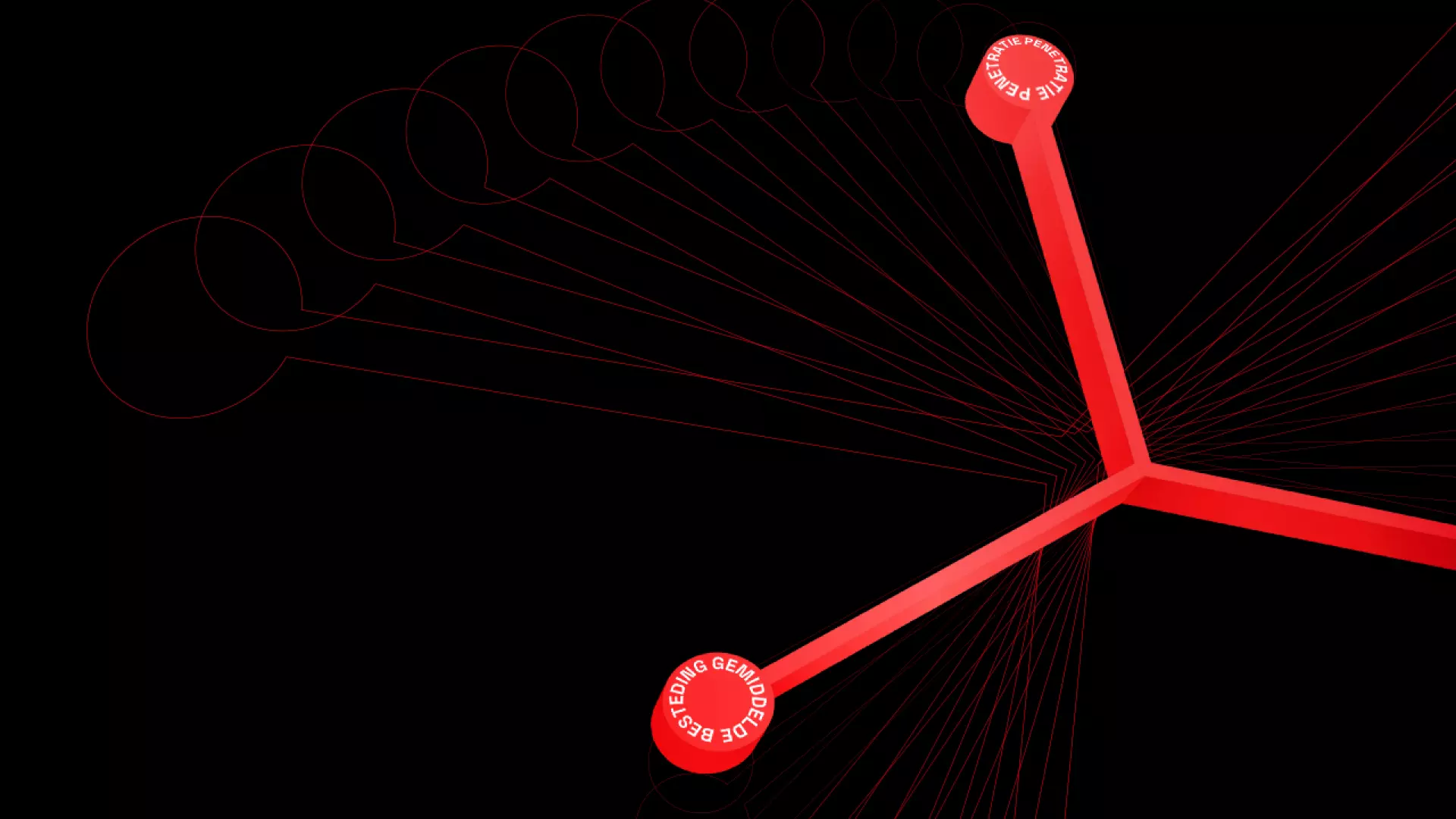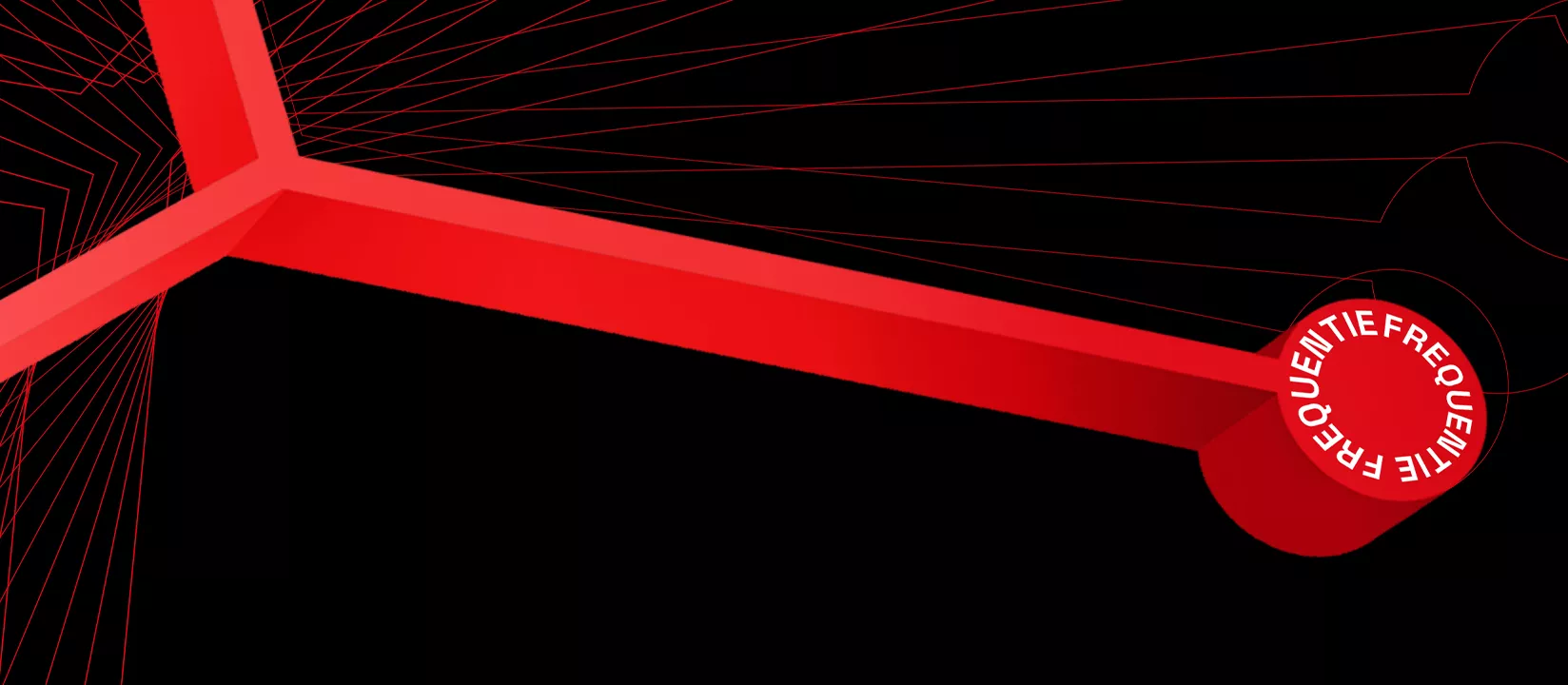
growth in followers
Esbjaerg
Creative with AI
- Branding
- Advertising
- AI
- +1

Our Three Axes of Sustainable Growth
Sustainable growth in today’s competitive market requires a holistic, AI-driven approach that not only focuses on short-term results, but also on building market share, long-lasting customer relationships, and strong brand preference. Instead of relying on a single growth strategy, a brand must operate across all three critical axes: penetration, frequency, and average spend. What makes this growth sustainable is how brands approach these axes: performance branding for penetration, branded automation and branded hyper-personalization for frequency and average spend — all powered by smart AI applications. Redkiwi’s model unites traditional and digital marketing, measuring impact through Google’s funnel thinking of see, think, do, and care phases. Our AI-driven full-funnel model sees penetration and market share growth as part of the upper funnel, while growing frequency and average spend happens in the middle & lower funnel.
Within Redkiwi’s growth model, we use AI to enhance every axis — from penetration to frequency and average spend. Think large-scale content creation for international branding, predicting customer behavior to anticipate purchase moments, personalizing customer journeys in real time, or optimizing ads and landing pages through AI-powered A/B testing.
By integrating AI intelligently into both marketing and technology processes, you increase not only efficiency but also relevance, brand impact, and conversion. Our approach combines AI tools with creativity and brand strategy, ensuring that technology always serves meaningful brand interactions. Learn more about Redkiwi AI Agency.

The first axis of growth is penetration — expanding market share and reaching new customers. Traditional performance marketing focuses on existing demand, targeting customers already in the market. But to truly achieve penetration, you need to create new demand, which is where performance branding comes in.
With AI, we can analyze vast amounts of customer data to uncover hidden audiences, detect emerging market trends early, and develop creative variations tailored to specific segments. Performance branding blends performance marketing with branding, moving beyond short-term results or abstract awareness to actively generating demand. AI accelerates this by continuously learning which message, format, and timing drive the highest impact, positioning your brand in the upper funnel as the relevant choice before the customer even expresses a need.

The second axis of growth is frequency — the number of times customers return to make a purchase. Traditionally, this was achieved through marketing automation, streamlining processes to push offers that entice repeat buys. But as more companies adopt automation, it becomes harder to stand out. This is where branded automation — powered by AI — comes in.
AI elevates automation by not only predicting purchase moments, but also making interactions contextually and emotionally relevant. It learns which triggers work for each customer segment, analyzes interactions in real time, and adds brand values to every touchpoint. This way, customers return not just out of convenience, but because they feel genuinely connected to the brand. AI enables this level of brand experience personalization at scale — without losing the human touch.

The third axis of growth is the average spend per customer. Traditionally, this is achieved through hyper-personalization, using data to deliver highly specific, tailored offers. But in a market where many businesses apply similar personalization tactics, convenience alone is no longer enough. Branded hyper-personalization — powered by AI — ensures that upsell and cross-sell offers align not just with need, but with brand preference.
AI analyzes purchase history, browsing behavior, and contextual signals to present the most relevant offer in real time. That offer is then framed within the brand identity, so the message persuades not just commercially, but emotionally. Customers who feel connected to your brand are more likely to spend more, even beyond their immediate needs. AI continuously optimizes these offers based on performance, driving higher long-term customer value.